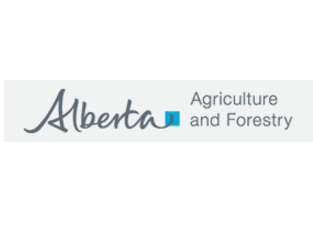Source: Alberta Agriculture and Forestry
A look at how to prevent these types of injuries. March 15 to 21 is Agricultural Safety Week.
“In Canada, more than 42,000 workers are injured annually due to incidents of falling,” explains Kenda Lubeck, farm safety coordinator with Alberta Agriculture and Forestry. “Statistics show that slips and trips cause the majority of falls, and the rest are falls from a height.”
She adds that injuries from slips, trips and falls on a farm are preventable, as long as the hazards that cause them are removed and workers take the time to do their job safely.
Slips
Slips happen where there is too little friction or traction between the footwear and the walking surface. Common causes of slips are wet or oily surfaces, weather hazards, loose or unanchored rugs or mats and flooring or other surfaces that do not have the same degree of traction in all areas.
Trips
Trips occur when a worker’s foot collides with an object, causing a loss of balance and followed by a fall. Common causes of tripping are poor vision – an obstructed view or poor lighting – clutter, uneven surfaces and ropes or hoses or cables lying uncovered and unsecured. Another common cause of trips may be worker fatigue or prior injury leading to restricted and tight muscles.
“Both slips and trips result from an unintended or unexpected change in the contact between the foot and the ground,” says Lubeck. “It is important to keep work areas clutter-free and to keep items in a consistent location to prevent unfamiliarity. Select proper footwear with adequate tread and maintain an appropriate pace when walking.”
She notes that good housekeeping is the first and most important step when preventing falls due to slips and trips. Some points to consider are:
- Clean all indoor spills immediately. When indoor footing is slippery, be sure to mark the area.
- Mark all slick surfaces outside. When possible, move to higher ground to work in a dry area. If the footing is frozen or icy, use a de-icing product such as salt to improve traction.
- Remove obstacles from walkways and always keep work areas free of clutter.
- Secure – by nailing, tacking, taping, etc. – mats, rugs, floorboards and other work surfaces that do not lay flat.
- Cover and secure cables, ropes and hoses that are being used for any length of time.
- Ensure proper lighting in work areas. This includes replacing burned out light bulbs and repairing faulty switches.
- Maintain all indoor flooring and highlight any changes in elevation, such as steps or landings.
When working from heights, use sturdy scaffolding with guardrails and properly fitted fall arrest equipment to protect workers from serious injury or death.
Lubeck says to choose the proper footwear for the job.
“Since there is no footwear with anti-slip properties for every condition, research what manufacturers have to offer. Properly fitting footwear increases comfort and prevents fatigue, which in turn, improves safety for the worker.”
Finally, workers should adjust their pace, stride for the footing conditions and take into consideration any personal factors such as stress or fatigue.
“Slips and trips are quite personal incidents,” she adds. “However, they can happen to anyone and are easily preventable. Be sure to identify potential hazards and take action to eliminate them.”
Contact
To connect with the Alberta Farm Safety Program:
Hours: 8 am to 5 pm (open Monday to Friday, closed statutory holidays)
Toll free: 310-FARM (3276)
Email: farm.safety@gov.ab.ca






